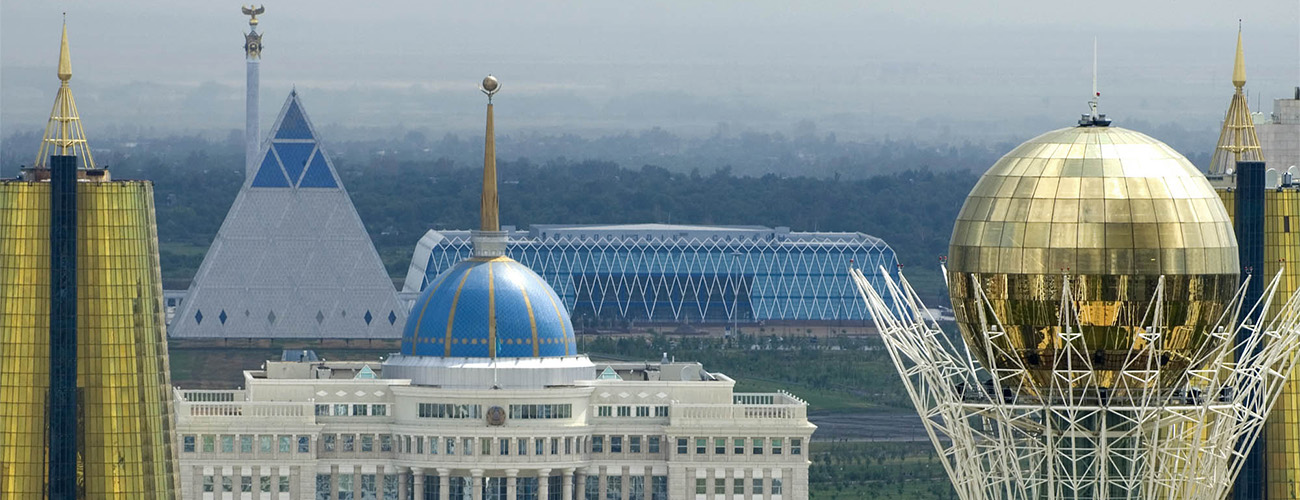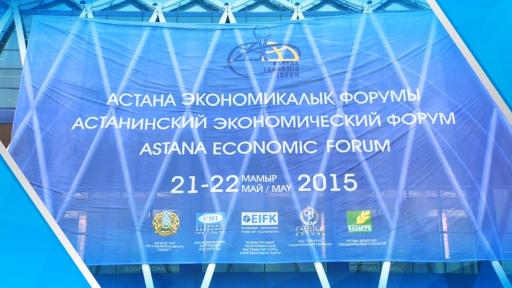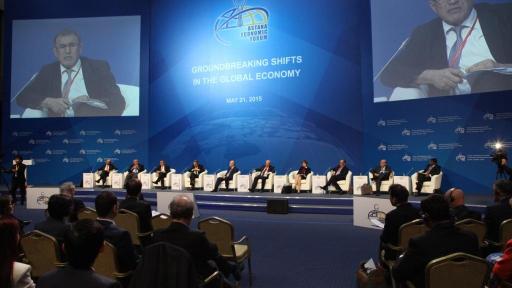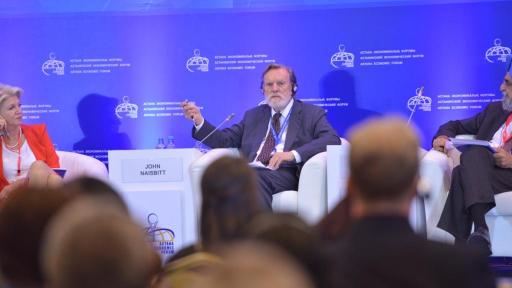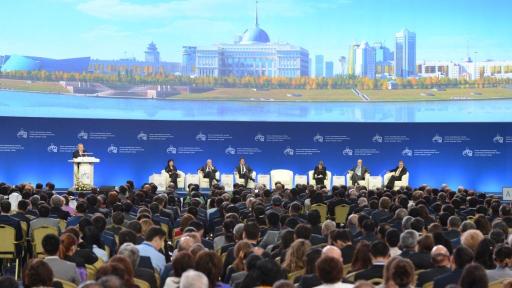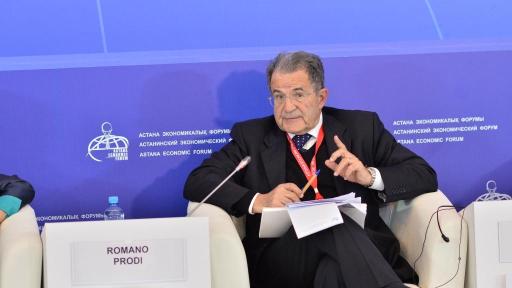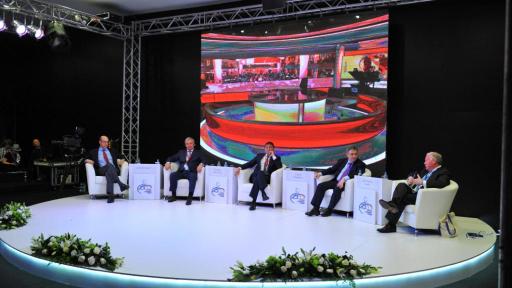Recommendations from Astana Economic Forum 2015
("World economy and Integration", "Infrastructure", "Green economy" and Innovations", "Inclusive growth and human capital", "Business and capital markets")
Astana, Kazakhstan, 6 July 2015/PRNewswire/ –Astana Economic Forum 2015 was held on 21st and 22nd of May. A central theme of the Forum was “Infrastructure – a driver of sustainable economic growth”.
World economy and Integration
The world economy is facing major cross currents – oil prices, exchange rate adjustments, divergence of monetary policies and the legacies of the Great Recession of 2009. The global economic growth remains weak and moderate while potential output growth has declined.
The decline in the price of oil has led to a large reallocation of real income from oil exporters to oil importers. For oil importers, this increase in real income is leading to an increase in spending. The lower oil price benefits the U.S. in particular, where the positive consumption effect largely dominates the negative investment effects in the oil industry. It could make the U.S. the dominant engine again for world output, in particular in its role as consumer of last resort. This could lead to a resumption of large external imbalances, with the U.S. again approaching a current account deficit of up to 5 percent of GDP.
For the oil exporters, the time of low oil prices, perhaps, is a good time for structural and institutional reforms to diversify their economies and increase robustness of the long term economic growth.
The volatility of exchange rates has been unusually large while divergence in monetary policy is observed. From May 2014 to April 2015 Euro-Dollar moved from 1.34 to 1.08 – this exchange rate has improved the Eurozone competitiveness and growth prospects. The fact that the U.S. is close to exit from the zero lower bound, it may lead to an increase in interest rates while in the Eurozone and in Japan we’re clearly very far away from it. So, this divergence in monetary policies explains most of the movement in exchange rates.
Legacies of the Great Recession are still in place in many countries. There is still a downward pressure on domestic demand and growth from weak banking sector and high levels of debt.
Multimedia Gallery
Infrastructure
In addition to consumption, infrastructure could be a key driver of the resumption of real activity growth and job creation in advanced and emerging economies going forward. Higher public investment raises output through demand in the short-term and supply side in the long-term as the productive capacity of the economy surges with a higher infrastructure capital stock. However, these effects depend on the macroeconomic environment in a country and the efficiency of public investment. In the countries with clearly identified infrastructure needs, efficient public investment processes and adequate monetary policy, an increase in public investment in infrastructure should have a stronger effect on output growth.
In the European Bank for Reconstruction and Development region, infrastructure investment needs are enormous – in the range of US$ 500-550 billion annually. Asia, on the other hand, has a massive infrastructure funding gap. The Asian Development Bank has pegged the hole at some $8 trillion between 2010 and 2020. Existing institutions cannot hope to fill it: the ADB has a capital base (money both paid-in and pledged by member nations) of just over $160 billion and the World Bank has $223 billion. This is not only due to years of underinvestment and insufficient maintenance, but also reflects a significant need for new infrastructure.
Green economy and Innovations
Green economy. In the region, the infrastructure now being built will have long lasting impacts on the carbon and resource-intensity of these economies for several decades to come. It provides a unique opportunity to set countries on a different, more sustainable growth path. Investment, in particular in small and medium size enterprises as well as in infrastructure and the service sector more generally, is helpful in this regard. In this context one needs to develop new sources of financing investment.
Innovations. Across the world, there are large differences in labor productivity on a company level. In order to become more productive, the firms can introduce new products and processes or new approaches to production and marketing. Returns to all these types of innovation are sizeable, even when they are not innovations at the global frontier but products and processes that are simply new to the firm. In fact, returns to the introduction of new products are particularly high in low-tech manufacturing sectors where firms tend to innovate less.
Inclusive growth and human capital
There are hard and soft components of infrastructure. The hard and visible infrastructure, such as roads, railways, electricity and telecommunications, must be complemented by its soft part, such as policies and regulations, to enable the system to perform well and generate the intended effects. The right combination and synergy of the two is key to ensure that the infrastructure system contributes to inclusive growth and poverty reduction. Efficient infrastructure supports inclusiveness by expanding access to vital services and improving economic opportunities for all.
Business and capital markets
Demand for large-scale investment has been complicated by the fiscal constraints in many countries. With shrinking budgets, governments are increasingly forced to choose between competing priorities. PPP instruments and capital markets could play an important role in attracting investments into infrastructure development.
Meanwhile, private companies operate in the complex and challenging global environment. In order to encourage fast and sustainable economic growth, policy makers need to create a supportive environment for the development of small and medium enterprises and the attraction of big international corporations and global investments. International cooperation and coordination is strongly required for the support of existing and new business entities.
Related Links
Astana Economic ForumTranslations
FrenchGerman
Spanish
Korean
Malay
Japanese
Thai
Chinese Simplified
Chinese Traditional

